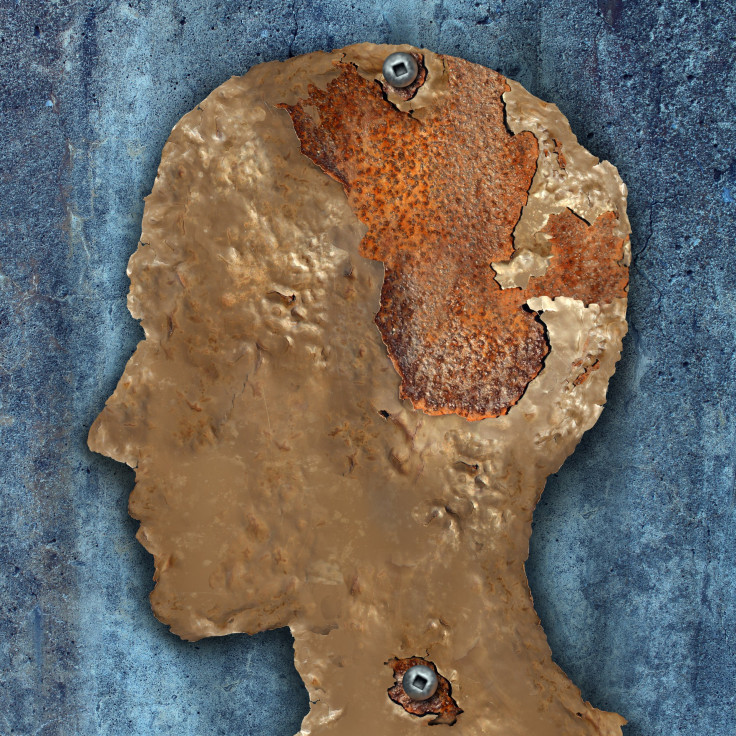Clock Genes Essential In Keeping The Brain From Developing Age-Related Diseases

The disruption of a gene that is crucial for our body’s daily cycles leads to premature nerve cell deterioration in mice, researchers reported. The discovery opens a new door into exploring a potential way to impede — or even avoid — age-related neurodegenerative diseases, such as Parkinson’s and Alzheimer’s disease.
Genes that play a role in our circadian rhythms, or clock genes, interact in a recurring manner to create a daily feedback loop consisting of increased and decreased gene expression. One such gene, Bmal1, is an important component of this every day orchestration. This is evidenced by disruption of the gene, which has proven to accelerate aging in mice by eliciting earlier arthritis, hair loss, cataracts, and premature death.
Now researchers from the University of Pennsylvania and Washington University have found that Bmal1 is also important in fending off age-related brain decay. The proper functioning of this clock gene seems to be important in defending the brain from harmful types of oxygen-based byproducts of regular metabolism, which can lead to oxidative stress.
Lead-author, Erik Musiek, got the idea to look into oxidative stress when he worked with Garret FitzGerald at the University of Pennsylvania. "He had studied oxidative stress in cells and the lab was actively pursuing the role of the molecular clock in cardiovascular and metabolic function,” Musiek explained in a press release. “However, he hadn't studied the brain nor the role of the clock as a regulator of oxidative stress. Others had connected the clock to signs of aging, but hadn't focused on the brain — it seemed like an opportunity to pursue."
By studying young mice that were lacking the Bmal1 gene, Musiek discovered that cells involved with the brain’s inflammatory response, astrocytes, were more active. As the mice aged, their brains displayed even more pathology by having reduced connectivity between certain areas as well as nerve cells showing “degenerative features” akin to human brain diseases.
The neuronal consequences of this genetic manipulation were also observed when genes that work closely with Bmal1, Clock and Npas2, were also deleted. Conversely, these harmful effects didn’t arise when other genes belonging to the clock mechanism were deleted.
The authors also selectively deleted the Bmal1 gene solely in neurons and astrocytes, while allowing the rest of the cells in the mouse’s body to express it normally. This produced the same degenerative effects as those seen when the gene was deleted in all the cells of a mouse. This indicated that the clock genes in neurons and astrocytes alone provide the nerve cell protection that is lost when Bmal1 is deleted.
“Erik's studies raise the intriguing possibility of novel therapeutic approaches to delaying the progress of age-related diseases, perhaps not only those related to the brain, as suggested by the present studies, but also in other systems, such as cardiometabolic function," FitzGerald commented in the release.
"Our findings indicate that the protein complex of Bmal1 with Clock or Npas2, in addition to, or perhaps intrinsic, to the complex's internal body-clock function, regulates protection of the brain from inflammation and oxygen free-radical induced damage. This dynamic system connects impaired clock-gene function to neurodegeneration for the first time" Musiek added.



























